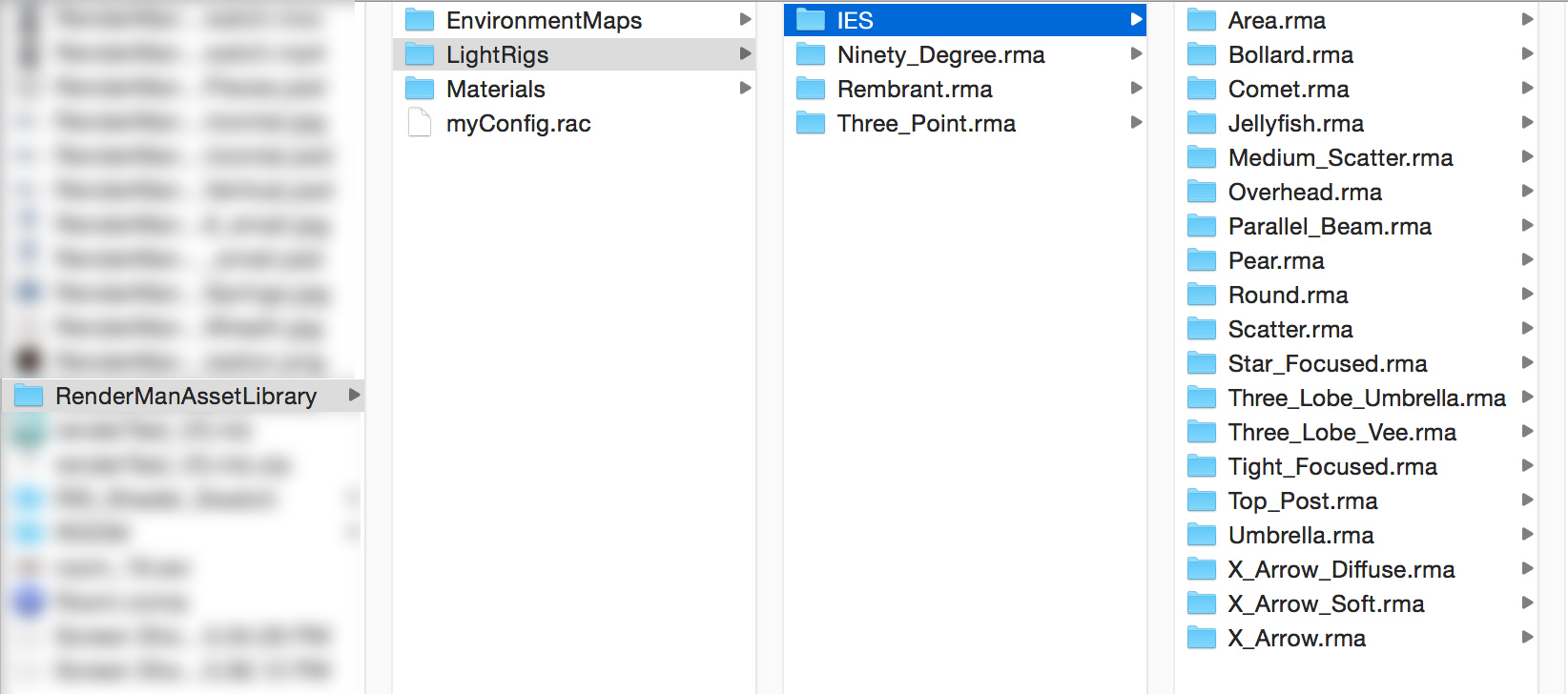


Photograph of the Christmas village display.įinal backplate. I used Photoshop to splice the two photographs, and then used Lightroom for color grading. I used two photographs, one of a Christmas village display at a local store, and another photograph of Christmas trees to replace the ceiling and far background. I finally decided to use an actual photograph. At first I wanted to render my own backplate scene, but then I realized that was taking too much time since I needed to model and texture an entire room. It took a long time to come up with a backplate idea.

Create holdout geometry to approximate backplate geometry to catch shadows and reflections.Add lights to the Maya scene, trying to replicate lighting effects from the backplate.Add the backplate image to the Maya camera.Create a Maya camera that replicates the camera from the backplate image.Also use some existing RenderMan materials.Use the texture maps with Maya shader networks to create final material.Use Photoshop to clean up the texture maps from Substance Painter.Use Substance Painter for creating texture maps on the model.Add textures to the teapot tank and girl.The image seen through the glass comes from the environment lights, while the image seen directly by the camera is part of the backplate. The brown color of the boar's head being refracted through the glass handle is much lighter compared to the backplate. The enviornment light color ended up being too light. RenderMan uses a different default colorspace selection for images applied to their rect lights than they use for the same image used as the camera backplate. Second, there was a colorspace error in the RenderMan settings that I used for the environment lights. The first is noise since it needed more time to render. This is the image that I submitted to the contest. Also, for compositing, I would like to add grain to the rendered teapot to match the grain of the backplate image. If I could make one improvement now, it would be to have more specular lighting on the teapot so it is a lot more sparkly and stands out better from the background. This is the final version of my image, which I finished a couple days after the contest deadline. The forum page for my entry can be found here. The contest forum requires membership, but I recommend signing up in order to see all of the work-in-progress images and discussions. You can view the winners and the honorable mentions at Pixar's contest results announcement. After all of my efforts, I have come to the conclusion that compositing is hard. This page shows my work and describes my process as well as some challenges that I encountered.
RENDERMAN ENVIRONMENT LIGHT SOFTWARE
I did not do as well as I wanted in the contest, but I had a lot of fun learning new software and techniques. The model needed to be rendered separately from any scene, and the resulting rendering needed to be composited over a backplate image. We needed to use RenderMan through Maya to render the provided model, the Rolling Teapot (a teapot tank with a girl at the helm). I participated in the 2nd RenderMan rendering contest which ended November 30, 2017.


 0 kommentar(er)
0 kommentar(er)
